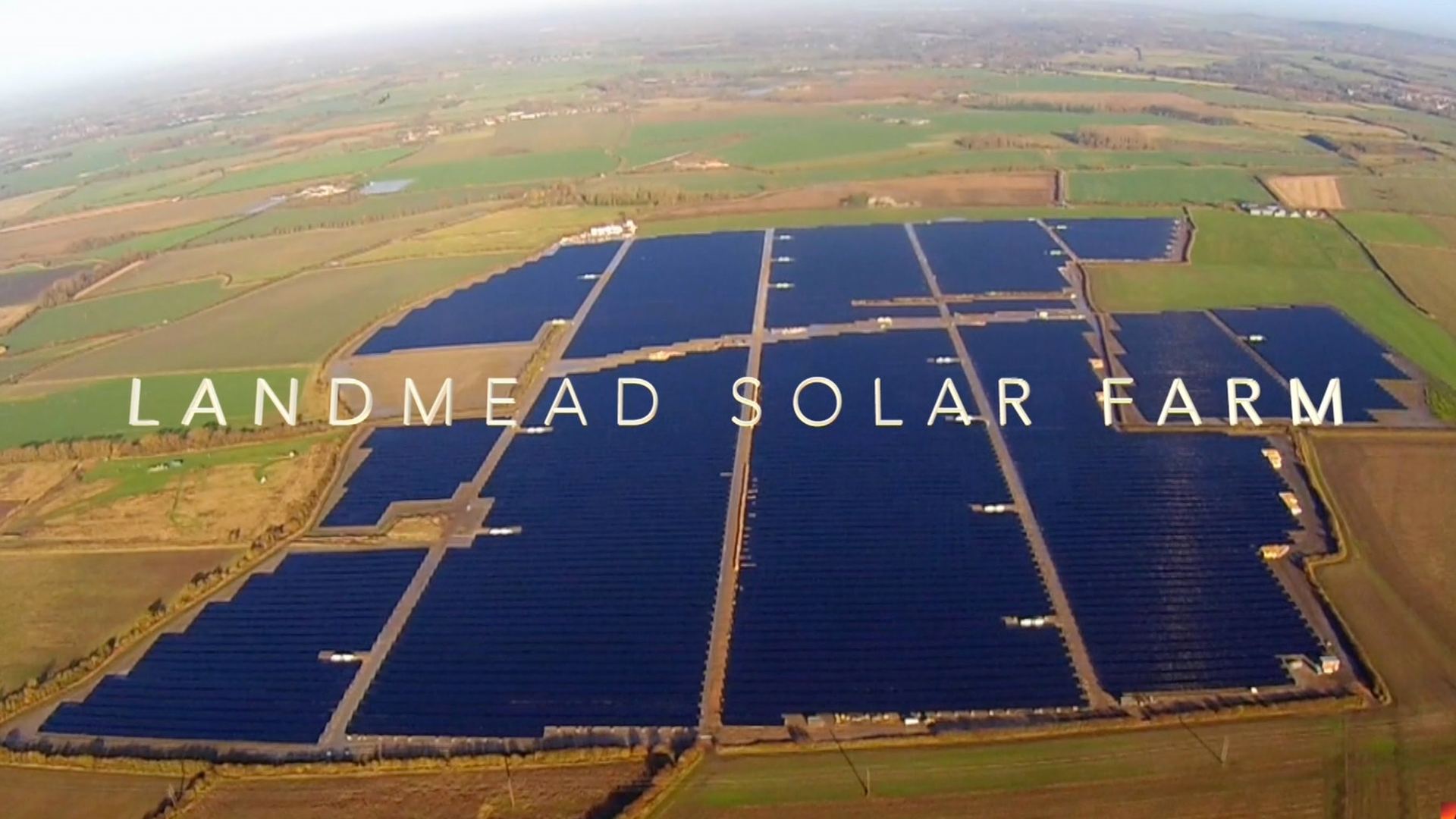ISMT Director Looks Beyond Low-k Integration
"I strongly believe that we will have k = 2.2 (dielectric constant) low-k materials that manufacturers can accept, and can actually start early integration into devices with, by the end of this year," said Navjot Chhabra. "In fact, a few of these materials are already being tested at our member companies. We've made a huge amount of progress in the last year, and I expect to see a significant level of engagement from member companies in beginning to integrate this class of materials into multilevel builds."
The original demand was for k's between 2.2 and 2.7 to be used in 1999 - this milestone has been repeatedly pushed out and is currently at 2007. Reducing the k was not so much the problem as integrating it with other materials such as copper. Pushing beyond this to k=1.4-1.5 is possible, but "the amount of time and effort relative to payback and cost recovery may not make it cost-effective," says Chhabra. Copper's resistivity limits at 55-45nm will also add to the problems.
Two possible "bridge technologies" are to use air gaps as insulators, and the other is three-dimensional packaging, in which several chips are stacked and connected by external circuits. Chhapra also believes that "we will begin to see significant focus and resources being put towards future connectivity in achieving next-generation technologies, such as nanotechnology - nanotubes and nanowires - optical interconnects, using light to transport information and RF interconnects."






























